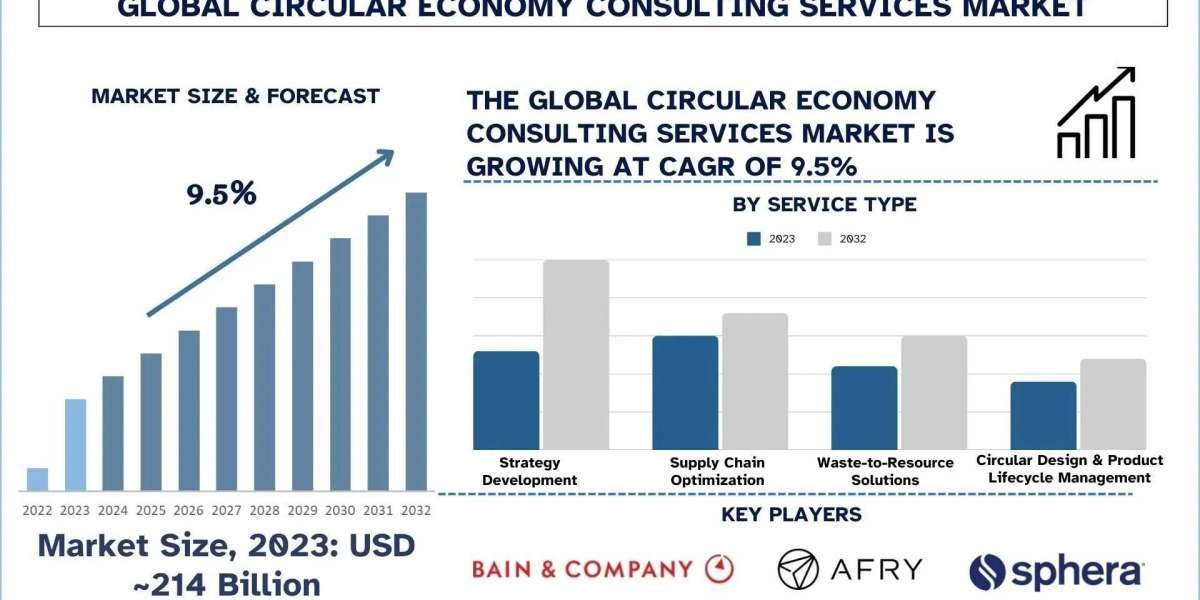The Wild Pollock market is a dynamic sector within the seafood industry, shaped by the abundance and sustainable management of wild Pollock fisheries. Wild Pollock, scientifically known as Gadus chalcogrammus, is a cold-water species found in the North Pacific Ocean, particularly in the Bering Sea and Gulf of Alaska. Revered for its mild flavor, firm texture, and versatility in various culinary applications, Wild Pollock has become a staple in the global seafood market.
One of the key aspects driving the Wild Pollock market is its reputation as a highly sustainable seafood choice. Managed by responsible fisheries and adhering to rigorous sustainability standards, Wild Pollock fisheries prioritize maintaining healthy populations and minimizing environmental impact. This commitment to sustainability has positioned Wild Pollock as an eco-friendly option for consumers increasingly concerned about the environmental impact of their food choices.
The Wild Pollock market is diverse, catering to both domestic and international consumption. In the United States, Wild Pollock is a popular choice for various seafood dishes, including fish and chips, fish tacos, and fillets. Additionally, Wild Pollock is widely utilized in the production of surimi, a versatile seafood product used in the creation of imitation crab and other seafood-based items.
Internationally, the Wild Pollock market extends to countries in Europe and Asia, where the fish is valued for its taste, nutritional profile, and affordability. The global demand for seafood, coupled with the sustainable practices employed in Wild Pollock fisheries, contributes to the market's continued growth.
The Wild Pollock market is characterized by efforts to maximize the value of the entire fish, minimizing waste and ensuring a responsible approach to resource utilization. Beyond fillets, the industry utilizes other parts of the fish for products such as fish meal, fish oil, and surimi, contributing to a more sustainable and economically viable fishery.
As consumers increasingly seek nutritious and sustainable protein sources, Wild Pollock has gained traction for its low fat, high protein content, and omega-3 fatty acids. These nutritional attributes align with health-conscious consumer preferences, further driving the market's expansion.
In conclusion, the Wild Pollock market represents a responsible and sustainable approach to seafood sourcing. With a commitment to environmental stewardship, the industry not only meets the demand for high-quality seafood but also contributes to the broader conversation on sustainable and ethical food choices. As consumer awareness continues to grow, the Wild Pollock market is poised to play an essential role in meeting global seafood demands while prioritizing the health of our oceans.














